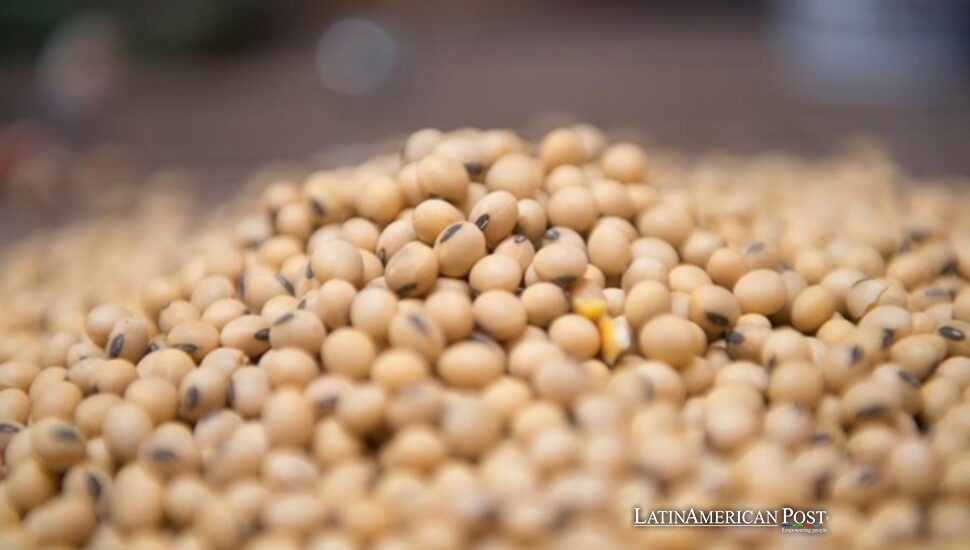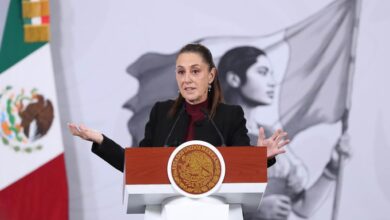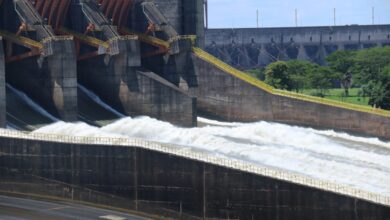Paraguay Endures Tariff Turmoil Amid Rising Soy Prospects

Across Paraguay’s vast soybean fields, farmers weigh the peril of global trade feuds against a glimmer of hope for higher Chinese demand. Buffeted by volatile prices and uncertain regulations, they brace for challenges but remain confident in the country’s expanding soy output.
Between Tariffs and Trade Volatility
For soybean growers plus exporters in Paraguay, the global tariff fight resembles an ongoing hardship. Changes to the U.S. trade policies and reciprocal charges, notably between China besides the U.S., caused difficulty for the nation’s agriculture sector to predict firm prices. While the country is landlocked, its soy eventually travels far—crossing frontiers into Brazil or Argentina before heading to consumers worldwide. It’s a delicate arrangement that requires low-cost transport and predictable markets.
Reuters spoke with Héctor Cristaldo, president of Paraguay’s Union of Production Guilds, who likened the recent rollercoaster of grain prices to a “toboggan ride.” He explained that statements from government heads quickly change the commodity prediction for several weeks. This makes it harder for area farmers to plan their work. He said “We do not know when the market recovers or finds stability.” This uncertainty decides the success or failure of a season for those with small budgets and little storage area.
New rules from large importing areas, like the European Union, create problems. Farmers face pressure from costs and varying weather. These rules make it a requirement that soybeans are not linked to forest loss. Top soybean sellers lobbied for a delay, so farmers have until December 2025 to follow the standards. Now, each passing day forces them to decide whether to invest further in compliance or risk losing key customers.
Paraguay’s geographical reality compounds matters. With no direct trade relations with China—largely because of longstanding diplomatic ties to Taiwan—producers can’t simply bypass intermediate buyers and ship beans directly to the world’s largest soybean consumer. Instead, they funnel output through neighboring countries. Some see a silver lining if the U.S.-China tariff war intensifies, potentially pushing Chinese demand to South America. However, others caution that short-term benefits may be overshadowed by disruptions across broader markets.
Hoping for Rain and Higher Yields
Alongside tariff turmoil, the climate weighs heavily on minds. Paraguay’s farmers have battled persistent dryness, resulting in an estimated total harvest of 8.5 to 9 million metric tons in the current season—well below potential. “We’re just finishing harvesting the late soy, but the yields are not what we hoped,” said one local grower. Yet improved forecasts now raise the possibility of timely rain, which could lift production above 10 million tons in the 2025/26 cycle.
“We are moving from a ‘neutral cold’ condition to a ‘neutral warm’ one, which could bring a good level of precipitation,” explained Hugo Pastore, CEO of Paraguay’s Exporters Association (CAPECO), during an interview with Reuters. If these favorable conditions pan out, hopes remain high that crucial waterways used for transporting soy—particularly the Paraná and Paraguay rivers—will also recover. Low water levels have hampered shipping in the past, forcing some producers to rely on costlier overland routes into Argentina or Brazil.
Small changes in rain totals can create big differences in profits or deficits. Farmers remember a time when intense dryness hurt their crop production. That time caused them to worry a lot about repaying debts for machines and items. Good harvests let them get back money lost. These also permit investment in better seeds or improved tools. That cyclical impact—where fortunes hinge on the clouds—underlines the precarious nature of agriculture in a landlocked country.
Even currency fluctuations reflect these swings. Weaker first-quarter exports—a drop from 2.5 million tons last year to 2.2 million this year—reduced dollar inflows, weighing on the local guaraní. With a fresh harvest on the horizon, officials count on buoyant shipments to bolster foreign exchange earnings. That, in turn, could stabilize rural incomes and allay tensions swirling around the trade war and new regulations.
Navigating Complexity for a Brighter Future
Despite the litany of obstacles, many in Paraguay’s soy sector remain remarkably upbeat. “On one hand, it’s quite worrisome,” said 58-year-old farmer Valdecir De Souza, whose fields lie near the Brazil-Paraguay border. “But on the other hand, this might open new doors for our soybeans.” De Souza pointed to possible benefits if China increases purchases from South America amid ongoing trade friction with the United States. Paraguay’s beans, though often exported indirectly, could still end up feeding that vast market.
In fact, such opportunities echo throughout the region. Soybean exports from South America increased during past disagreements about tariffs when China stopped buying from the United States. Paraguay is not as large an exporter as Brazil or Argentina. Paraguay is the third greatest exporter of soybeans. This position provides Paraguay with some benefits. “We can supply raw beans to others, who then ship them out to global destinations,” De Souza explained, referencing the indirect route to Chinese markets.
Still, the key will be balancing the immediate gains from trade shake-ups with a longer-term commitment to sustainable growth. Climate worries grow, and regulations regarding deforestation become firmer. Farmers must change how they manage their land. This task is hard, particularly in far-off areas where infrastructure is limited. Government officers feel pushed to make sure everyone follows the rules. They must help farmers make money at the same time. Not doing so places Paraguay’s rural financial base in danger. It already reacts easily to price changes in the international market.
It’s a complex world, say the growers, but one that fosters resilience. The “toboggan ride,” as Cristaldo calls it, has its high peaks and steep descents. For now, the next harvest—and the next trade policy shift—looms like a fresh horizon. If the rains bless the fields and demand remains robust, farmers could emerge stronger than ever, with a new taste of the global market’s potential. If not, many braces for the unpredictability that has become the norm, finding ways to adapt in the face of erratic prices, shifting tariffs, and global power plays.
Also Read: Bolivia’s Royal Quinoa: Treasuring a Global Culinary Marvel
Such is the daily reality of Paraguay’s soybean producers. The near future promises intense negotiations, government summits, and anxious nights scanning weather reports. Diligent groups show a feeling of resolve. De Souza thought, “We had dryness, we had drops in costs, but we proceed. In the event, circumstances favor us, if the trading changes, we are prepared.”





